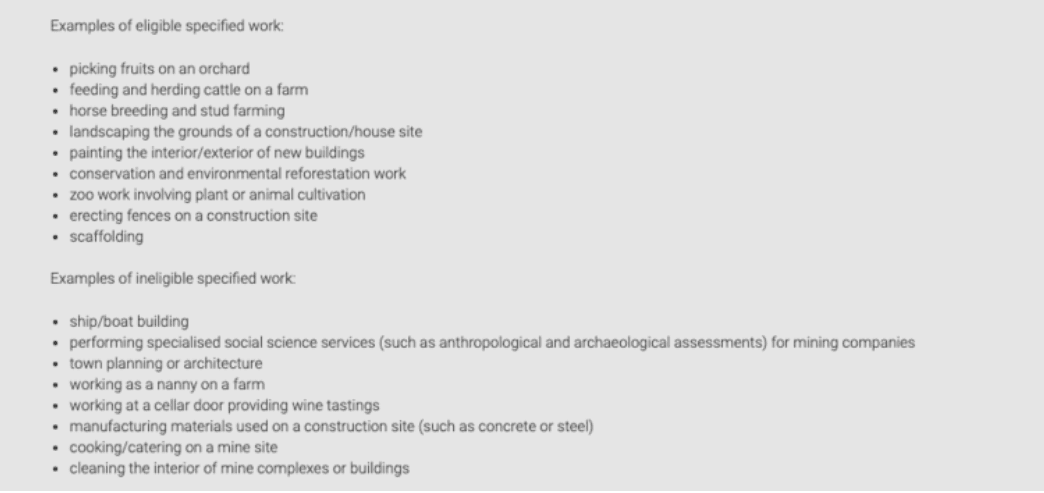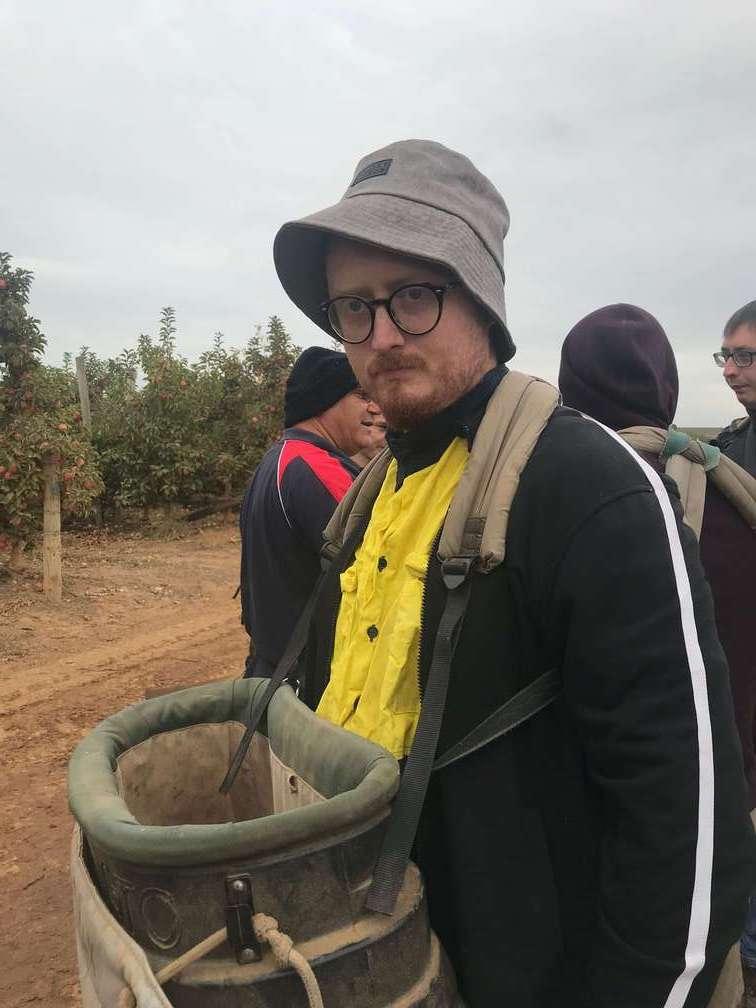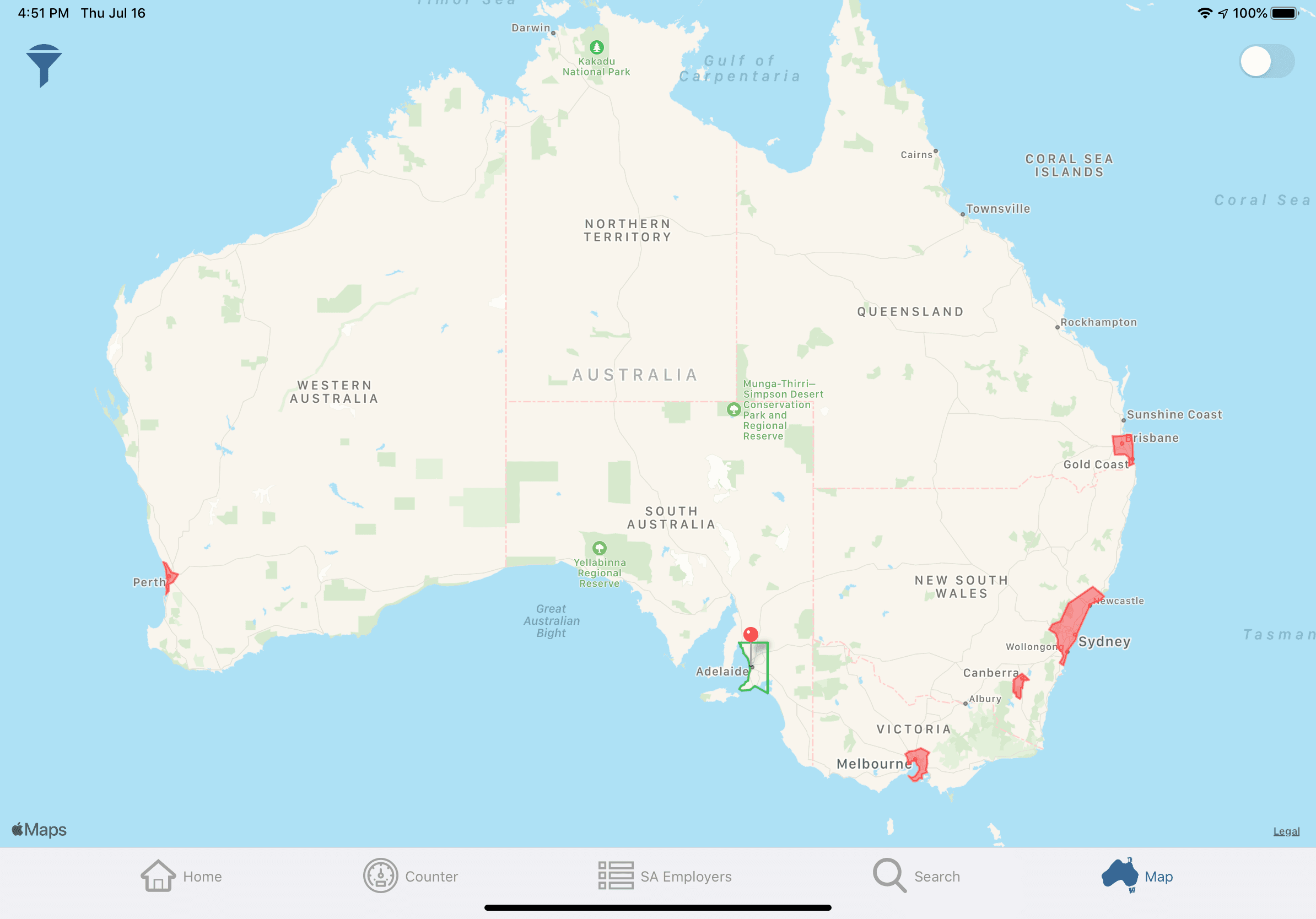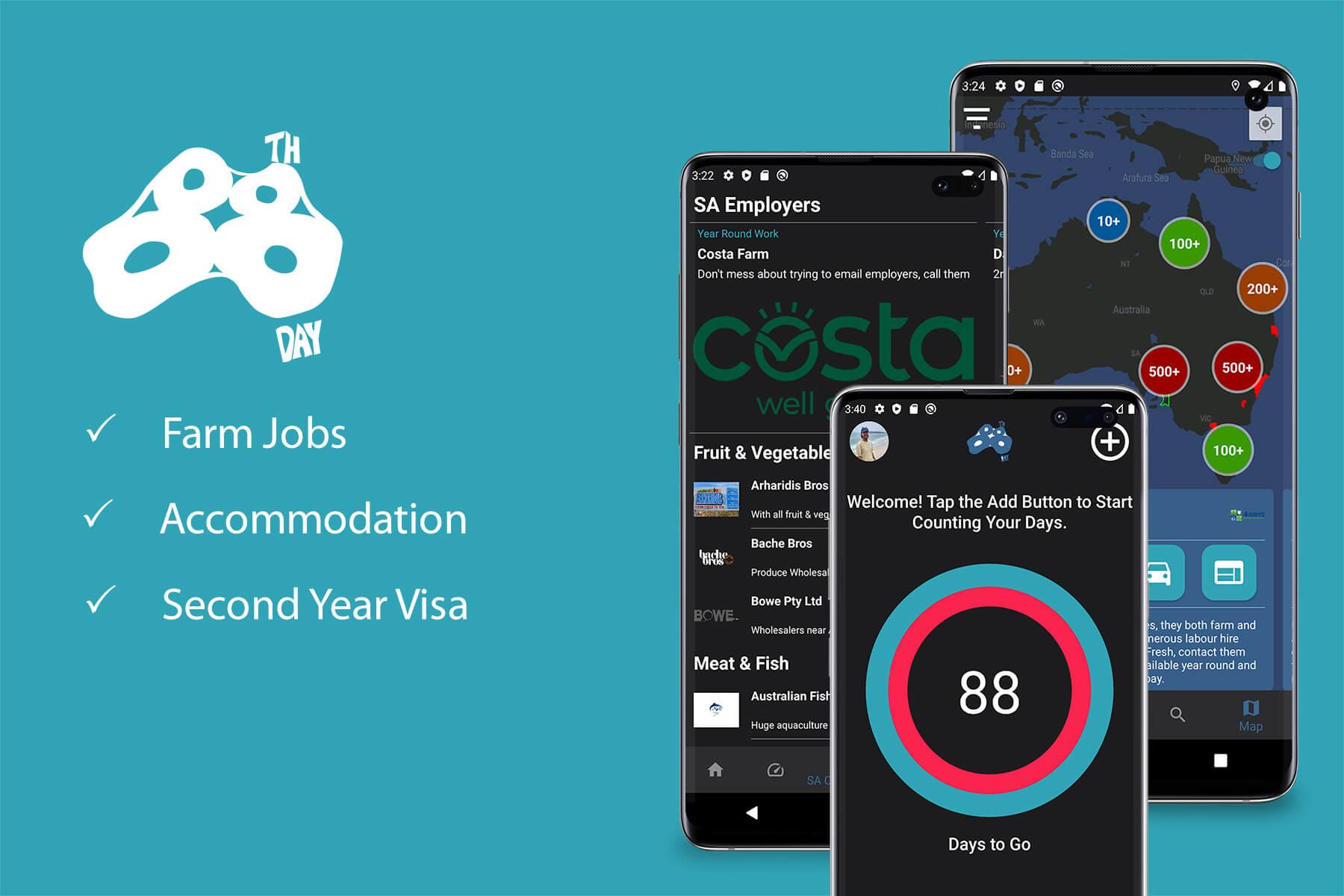The 88 Day Journey
After spending our first week at Hostel 109, Trevor the owner helped us organise ourselves and pointed us in the right direction. We jumped in our Honda CRV Sport and set course for McLaren Vale, our first experience of farm work would be grape picking and it was far from ideal. This is what we wish we knew then.
The majority of this information can be found on the Australian Governments Immigation website.
These are the main areas of specified work, Immigration expands further on these areas in the link above, you will find the list is fairly extensive. Below we have listed some examples of what the government views as eligible work and also what it does not.

Now there is a theme to these examples, primary work involving plant or animal cultivation is clearly eligible, however just working in this industry is not enough. Being a nanny on a farm isn’t enough, nor is providing wine tastings in a cellar door. Effectively the work must be related to the industry you are in, admin will not count, nor will doing the books for a mining company.
All that being said, we don’t necessarily believe this is how things always work out when Immigration are assessing your application. Take the cellar door example, if you are working in the winery standing on grapes during the weekdays and on the weekends you are doing shifts in the cellar door, how will Immigration know? The primary evidence Immigration uses is your payslips, unless the payslip actually asserts that you work in the cellar door its our belief they will grant your application. The same actually goes for almost all industries, especially smaller businesses where you may be taking on multiple roles, speak to your employer and make sure the job title on the payslip is the one you need. Many employers don’t even specify a role on your payslip, if this is the case and you are working for a business with an eligible ABN then we believe Immigration will grant your visa no matter what you were actually doing.
The red zones are ineligible and regarded as urban. As you can see these urban areas are fairly small in comparison to the size of Australia. Tasmania is just at the bottom of this picture and its a fully rural state.
This image is a screenshot taken from The 88th Day app, available on iOS and Android. You can find the precise postcodes we used to draw these red zones that count at the bottom of this page.
In simple terms Sydney, Newcastle, Wollongong and The Central Coast are all ineligible in NSW. The whole of ACT is ineligible, Brisbane and Gold Coast in Queensland. The urban area surrounding Melbourne in Victoria and the urban area surrounding Perth in WA. As a general rule, if you drive for an hour outside of the city, you’re probably safe. Anywhere else in the massive country of Australia and you’re good.
One of the great mysteries, and sources of the most speculation when you’re completing your 88 days farm work is exactly how many of your farm work days will count. Rumours of a 35 hour cut off mark are rife throughout rural Australia as backpackers struggle to make the holy grail of a 7 day week. Here at The 88th Day we are in a fortunate position of being able to communicate with Immigration and we have a few discoveries to share with the working holiday visa makers of Australia.
This is probably the most contentious aspect of the government documentation and a quick disclaimer, our information is not official but we believe it is reliable and hopefully it helps settle a few minds.
Firstly Immigration don’t want to comment on whether there is a structure they are given to calculate days. We believe there must be one, how strongly it’s enforced, simply we don’t know. What we do know though is their bottom limit for a full time job is around 30 hours. Taken from the Immi website:

The example here states Maria works 30 hours a week for 6 months and she is granted the 3rd year visa. This is likely the minimum hours the Government will accept but we do believe there is some leeway. From this we think the Immigration day counting structure looks like this:
6 hours =< weekly hours < 12 hours = 1 day
12 hours =< weekly hours < 18 hours = 2 days
18 hours =< weekly hours < 24 hours = 3 days
24 hours =< weekly hours < 30 hours = 4 days
30 hours =< weekly hours = 7 days
The 88th Day have built a free App for IOS that will do these calculations for you as well as save your data week by week and give you a precise figure of how many days you have remaining.
Download The 88th Day app for iOS and Android.
The 88th Day App on iOS uses Apple’s Core Data system and on Android we use Realm’s database to keep hold of all your records on your device for however many companies you work for, however long it takes you.
Piece-Rate Agreements
The final piece of the puzzle is has by far the most grey areas. According to Immigration, for work to be counted as the full 7 days you need to work the same hours as you would if you are working hourly.
However we think its very unlikely Immigration have any idea how many hours you are actually working on a piece-rate agreement. Most payslips, the primary evidence Immigration uses, will only declare the weight of fruit the worker picked and the amount they were paid. No mention of days worked or hours worked are likely to be on these payslips. Basically we believe as long as you are being paid around $350 a week or more, you will have your visa granted. As long as the number of days you worked isn’t clearly stated as less than 5, you can always take the position that you were working full time, but unfortunately you were a slow picker.
You’ll find below a letter we have been shown from an Immigration minister, in which she states “Note that in relation to piecework, special provisions apply. Provided the working holiday maker is on a valid piecework agreement, and submits a copy with their visa application, then any day on which they have worked and been paid will be counted as a day.”
How Certain Are We?
This is not an exact science, the regulation is deliberately unclear, the Government of Australia has introduced this programme for one reason and it states it here in the 2017 Ombudsman Report into the Working Holiday Visa.

“The 417 visa has introduced an uncapped labour source into the Australian market that fills a low-skill labour gap in the domestic workforce, particularly the specified work requirement of the 417 visa program which fills the labour shortage associated with food production in regional and rural areas”.
The reason we are all doing this specified work is because the government couldn’t get Australians to do this particular type of work, as long as the work is done and the government get their visa fees they don’t really care too much about the specifics of individual cases. Many visa applications are automatically accepted and even when investigations take place, normally only a sample of evidence is asked for.
My final advice to you is this, do as many hours per week as you can, but don’t get overly hung up if you’re not always getting 30 hours a week. If time runs out and our calculator [iOS & Android] says you haven’t quite got the 88 days yet, do not worry. We think as long as you have 13 payslips, the likelihood is your application will still be granted.
Finally if all this is making you feel extra nervous about getting your days, sign up to our service and we will make sure you get a good hourly job with reliable hours.
Correspondence with Immigration
Below we have quoted information we have received from Gale Lalor, Acting Assistant Secretary, Immigration and Citizen Services Group. To sum up what she is saying, effectively if your employer believes you are working full time for them, then there is no minimum hours for a full day.
“To meet the three months specified work requirement, applicants must work for the same number of days that a full-time employee in that job would normally work in a three month (88 calendar day) period. Note that the work does not have to be full time, or be performed in a continuous period.
All WHV workers, not just those working full time, can count rest days as part of the 88 calendar days. Put simply, in most circumstances, applicants can include two notional rest days in the 88 calendar days for every five days worked.
The department recognises that there is a range of circumstances affecting what constitutes a normal full day in each eligible industry, especially in the agricultural industries. For this reason, the policy does not prescribe the minimum hours for a normal or ‘full’ day.
As a general guide, if the employer reasonably considers that an applicant has completed a normal full day of work for that industry, then the departmental decision maker may be generally be satisfied to count that day of work toward the three months requirement. Note that in relation to piecework, special provisions apply. Provided the working holiday maker is on a valid piecework agreement, and submits a copy with their visa application, then any day on which they have worked and been paid will be counted as a day.”






